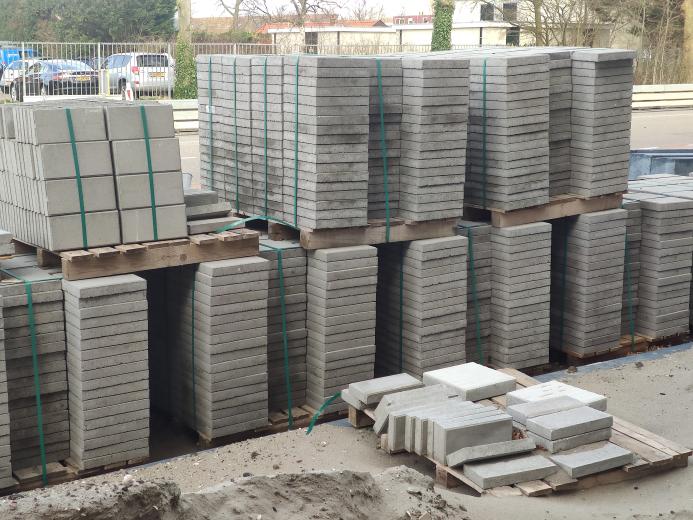Draft version of BS 7533:102 out for public comment
The BS 7533-102 Code of Practice covers the installation of pavements constructed with clay, natural stone, or concrete paving units surfaced with modular paving.
It provides recommendations and guidance on the installation of pavements surfaced with modular paving produced in accordance with:
- concrete paving blocks conforming to BS EN 1338;
- concrete paving flags conforming to BS EN 1339;
- concrete kerb units conforming to BS EN 1340;
- natural stone setts conforming to BS EN 1342;
- kerbs of natural stone conforming to BS EN 1343;
- clay paving units conforming to BS EN 1344
- porcelain paving slabs.
It applies to all paved areas including those not subject to vehicular traffic and those subjected to the axle loads of standard highway vehicles up to a total of 30 million standard axles (msa) over its life. This includes both highway pavements and industrial pavements where the traffic is similar in character to highway vehicles.
It excludes other applications such as aircraft pavements and those in ports and specialized industrial areas. pavers.
To consolidate Parts 3, 4, 6, 7, and 9 of BS 7533; and provide state-of-the-art technical improvements to the installation process.
The original BS 7533 series of 12 parts covered the use of concrete, clay pavers, stone setts, and concrete and stone slabs or flags, and was published between 2001 and 2010. It was published because the use of these products significantly increased as public realm improvement schemes introduced more hard landscaping and the cost of the products became more competitive and some were of sufficient quality.
The provisions contained within these documents have become obsolete. Increased use of the document also identified that having so many documents confused designers and installers and led to errors in design and installation and premature failure. Rewriting the standard and reducing the number of parts available to one simplifies the installation process for users and will reduce significant errors. The design aspects have been addressed by a companion document BS 7533-101.
All comments should be submitted online here. You will need to register to comment.
Once all comments have been received, it will move from draft to published.







